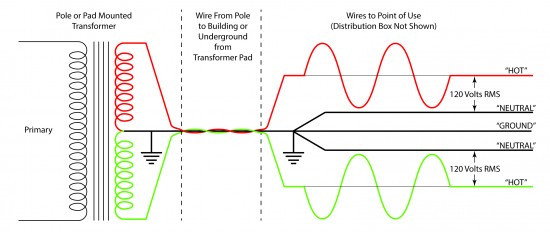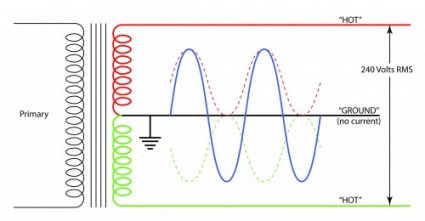I've known people who have done this (split current of the same phase through two wires, have done it myself for non-EV needs; and also in the US get 240v from different 120 outlets)
but definitely it's the sort of thing you should do only if you have EE knowledge, in general, and about your specific setup... and can't fool-proof for others to "re-use". You seem to be informed enough to know how to tackle it.
Combining two 120 volt outlets to get two "hot" wires in series for a 240 V supply is totally different than combining two 220 volt schuko outlets in parallel to draw twice the current at 220 volts.
The former is relatively safe when done correctly, but there could be multiple safety problems with the latter. I am not an expert, but I don't think US code allows paralleling AC circuits.
GSP





